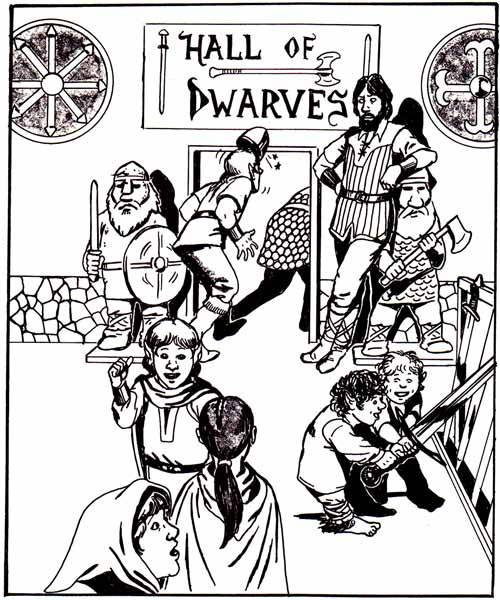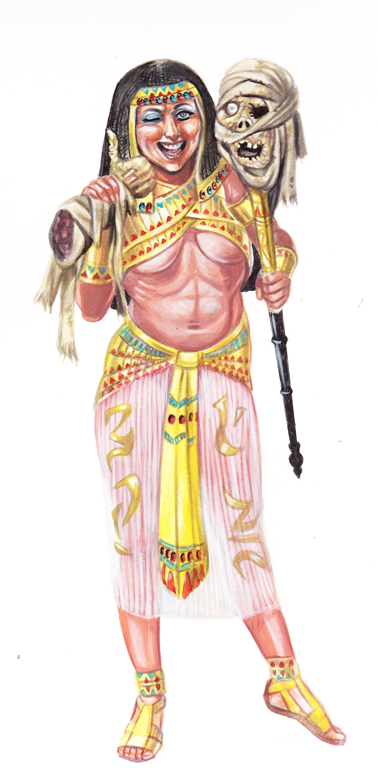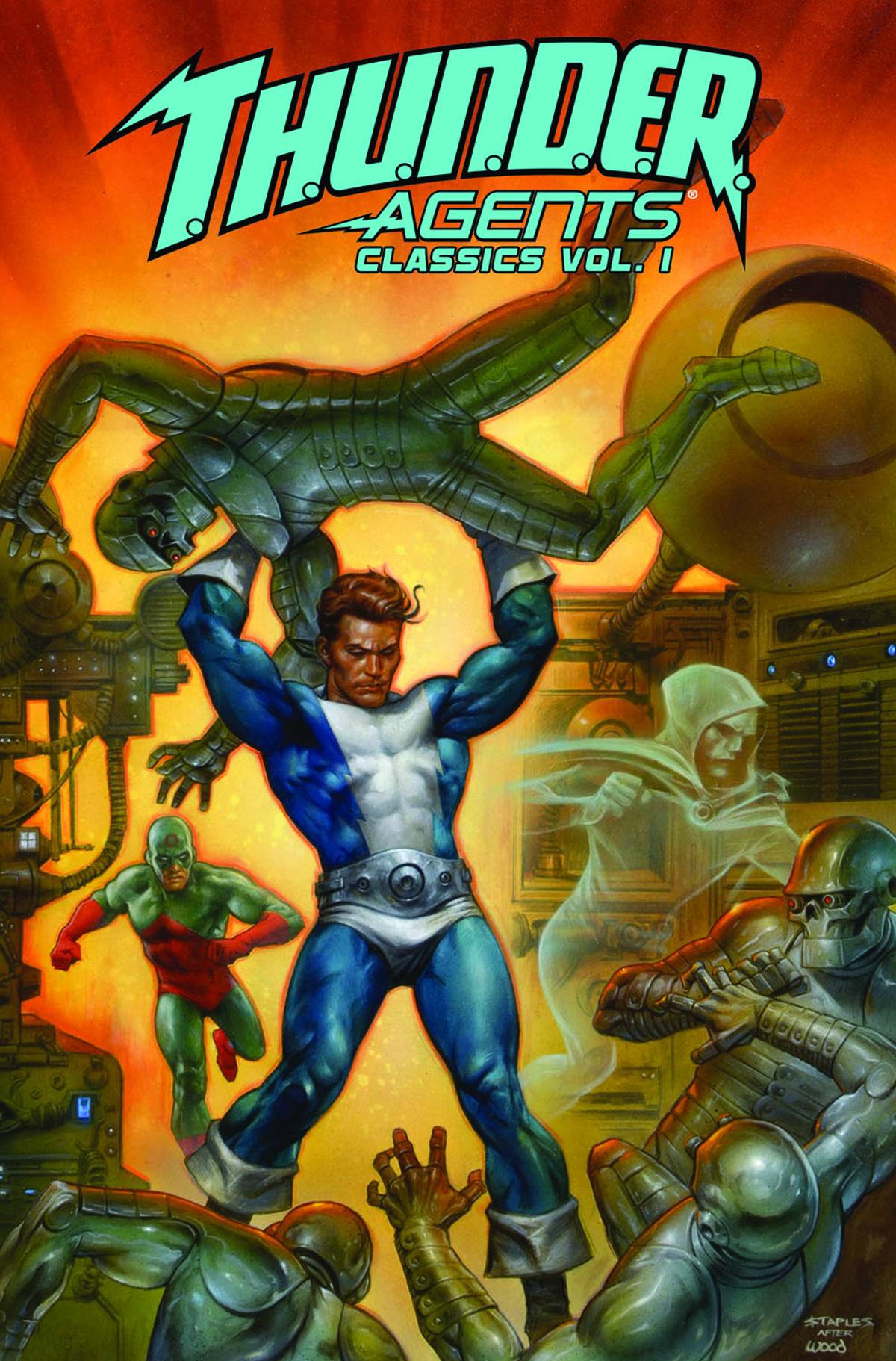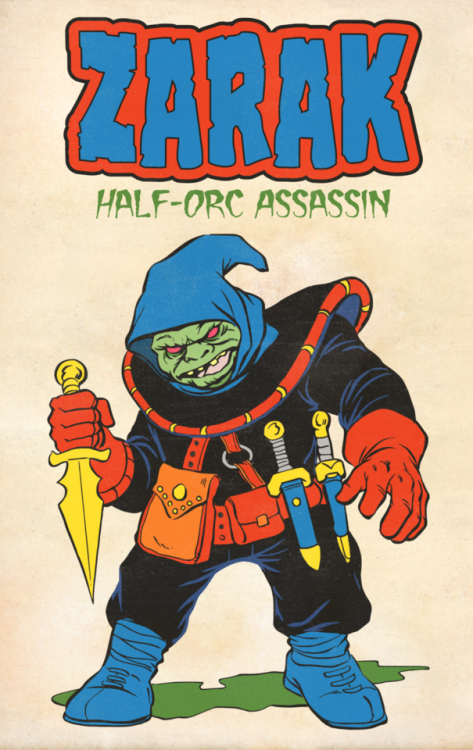Rifts, arriving in 1990, is certainly a product of the 1980s. Could
Rifts be scrubbed of its 80s chrome and be translated to another era? Why not? Let me pitch you
Rifts 1970.
Now, you might say (but don't, because I will have already said it!): "Isn't
Rifts 1970 just
Gamma World?" Well, they're both post-apocalyptic games, but
Gamma World is right down the middle of post-apocalyptic stuff, whereas
Rifts wants to throw a kitchen sink at you: you've got cyberpunk, mecha, magic,
Star Wars-style fascism, and the Rifts themselves that can get you pretty much anything
else can appear.
In
Rifts 1970, the mix is a little different, but there are analogous inspirations. Anime/Manga haven't really made a big impact in the U.S. yet, but there's kaiju films and
Astro Boy. Fighting giant monsters would be a bigger thing in
Rifts 1970, I think. Mecha would look more like
Rog from the
Doom Patrol, but the real Glitter Boy replacements might be guys with giant robot friends like Frankenstein Jr.
Cyberpunk hasn't arrived yet either, but computers have and concerns about the possibility of AI. Think
Star Trek or
Colossus: The Forbin Project. Cyborgs are already around like the Cybermen or the various Robotmen in DC Comics. Probably high tech equipment should be more
T.H.U.N.D.E.R. Agents than
Appleseed. This might push things in a bit more of a "superhero" direction, but there is an argument to be made that that's what it always has been.
Magic, of course, works well in either era. A distinctly Ditko-esque
Doctor Strange vibe would set Rifts 1970 apart, though.
The Coalition and their not-stormtroopers, the Deadboys, become some other Nazi stand-ins, like HYDRA or any number of villainous comic book organizations or '50s comics alien invaders that were either Nazi or commie substitutes. Of course,
Starship Troopers was written in 1959, and we saw how easy it was to paint those guys with a fascist brush in the film adaptation. Maybe the Deadboys can have their powered armor after all?






















